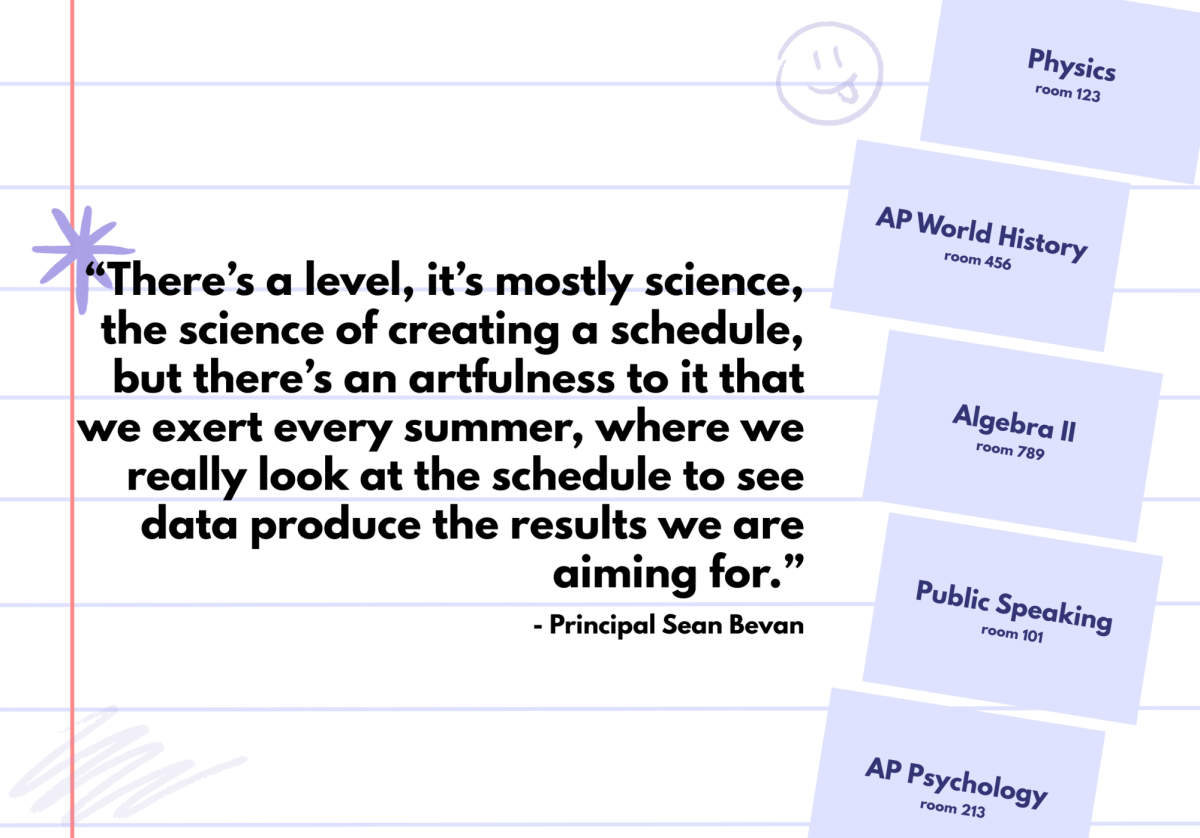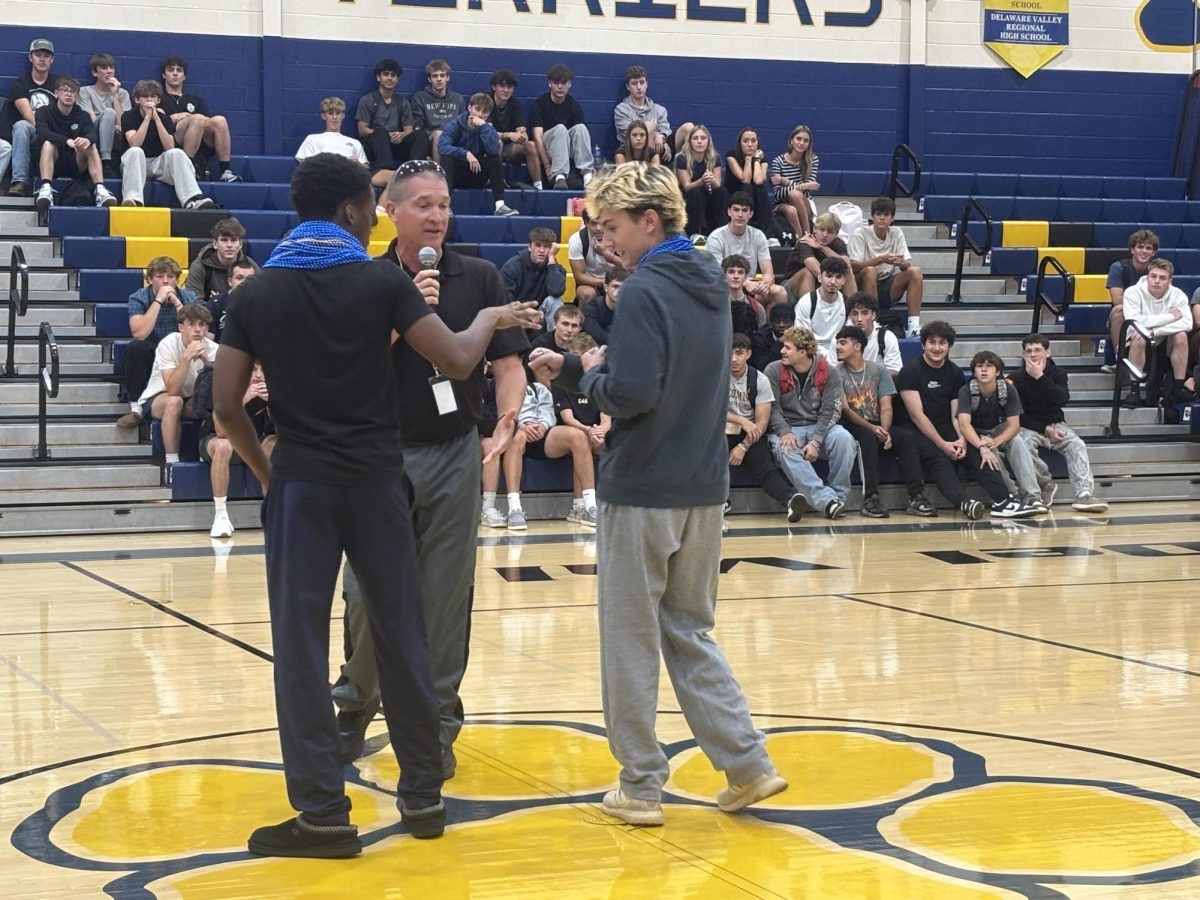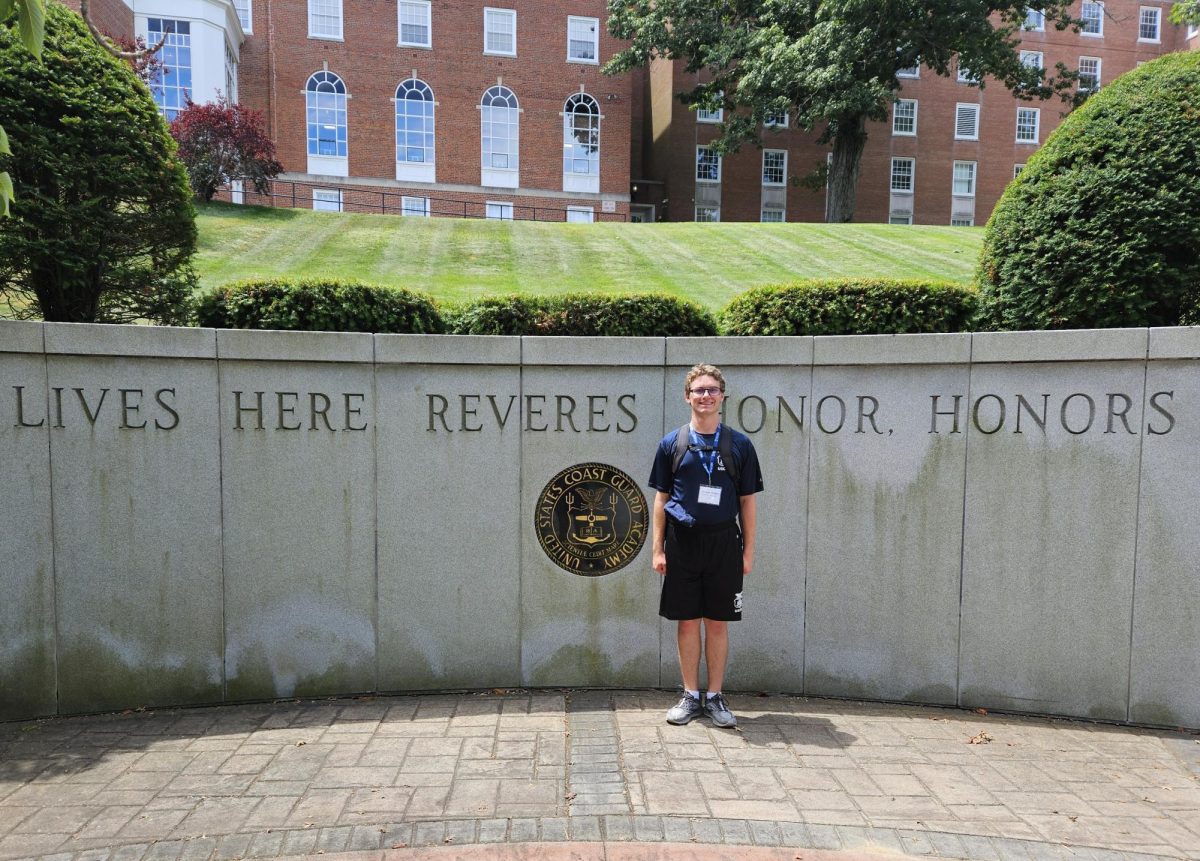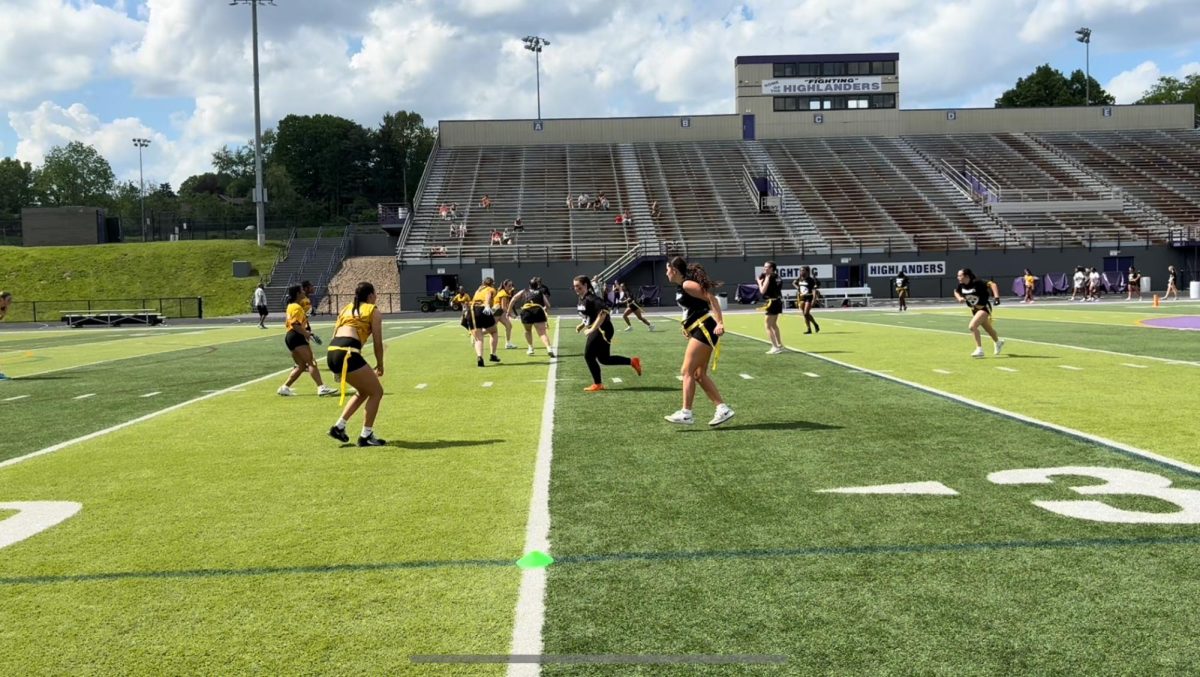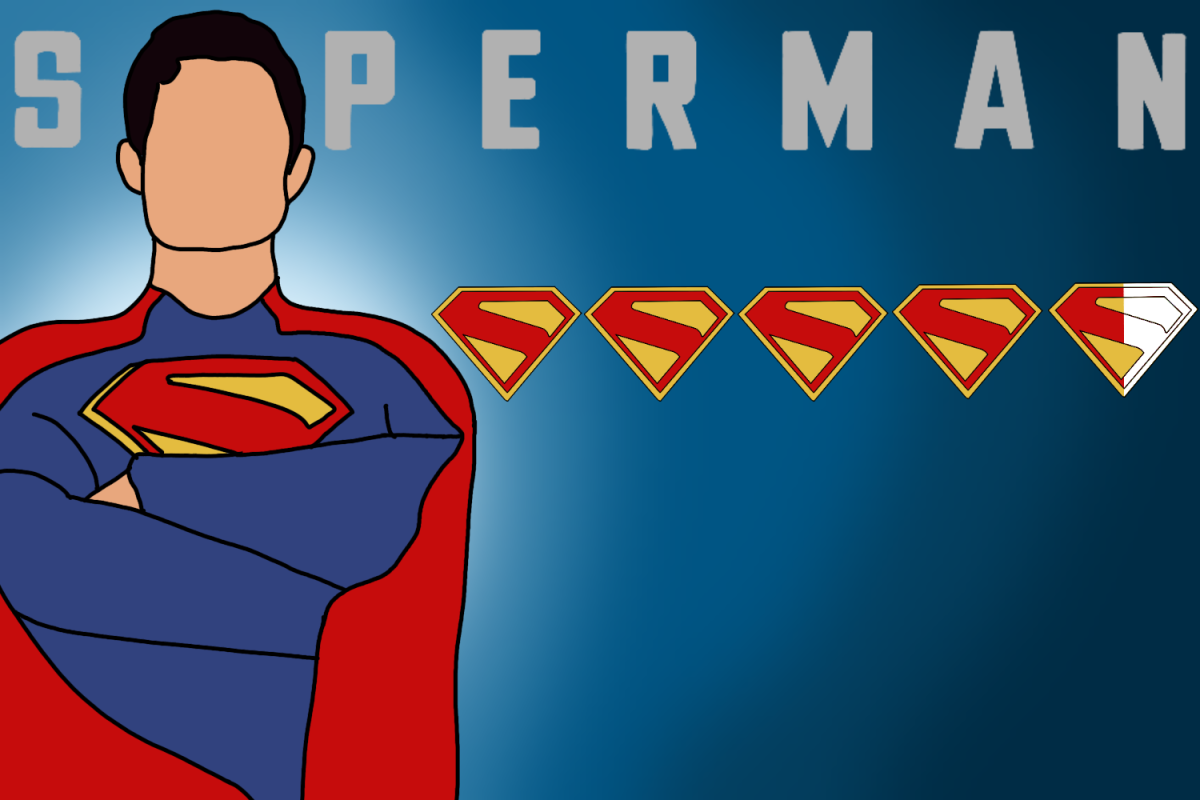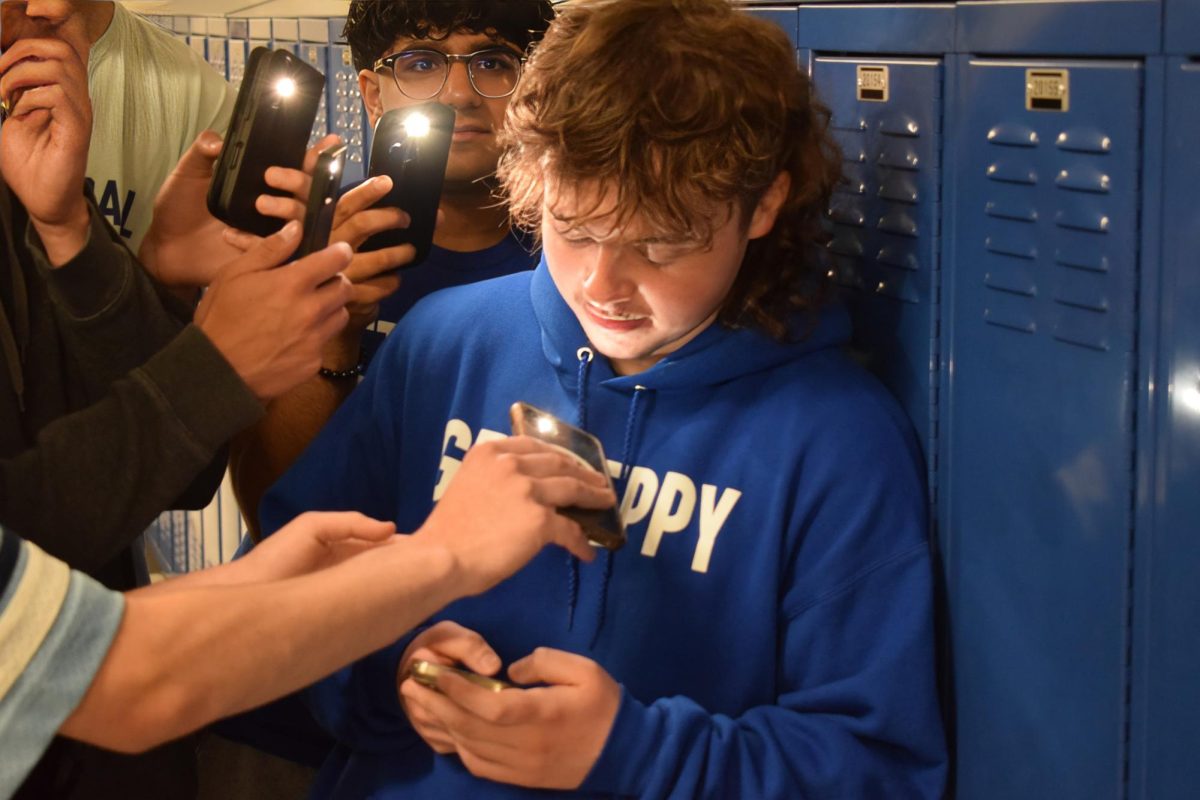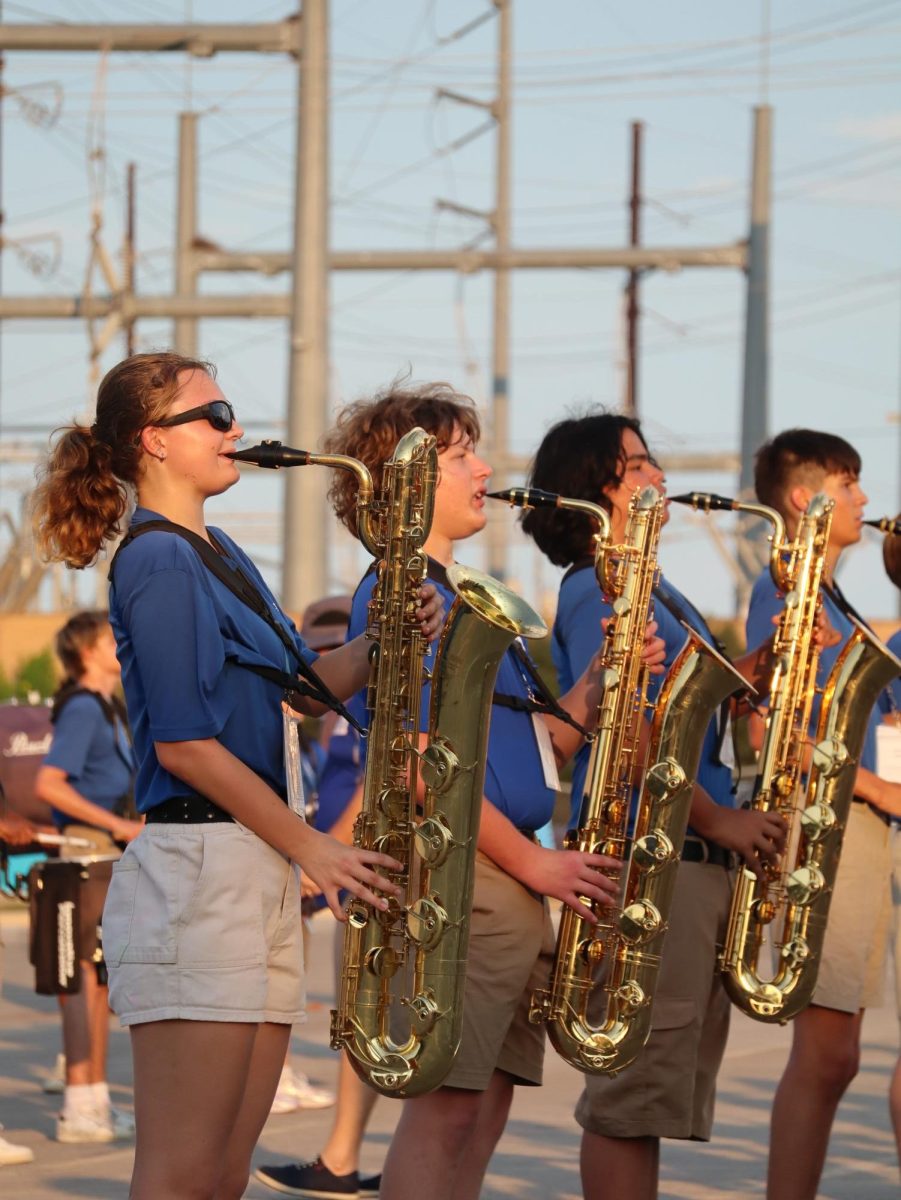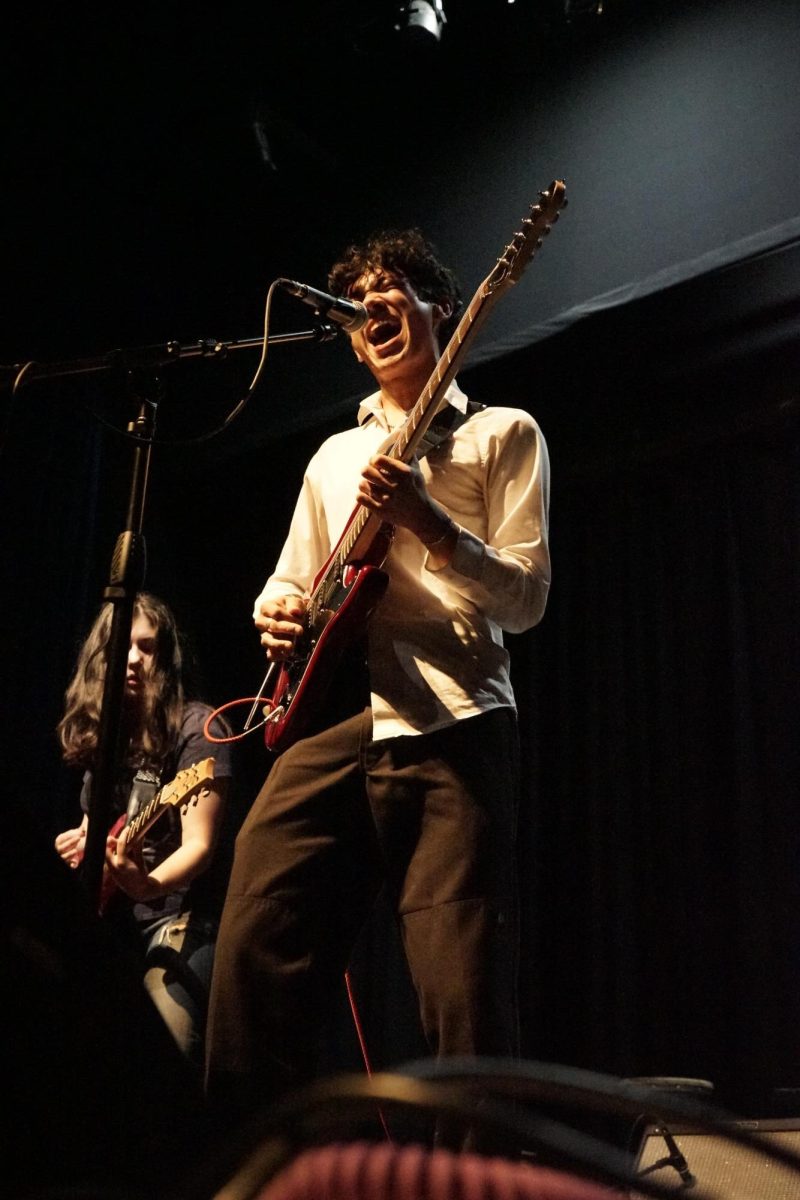Nebraska is on the 12-yard line.
The crowd’s deafening noise reverberates all around you, intensifying each moment as the gold and red jerseys collide with each other at the line of scrimmage.
The hand-off unfolds right in front of your eyes. Every single split-second movement is hyper realistic, pulling you into the heat of the moment.
You see Nebraska’s offensive line creating a path for their running back.
He hurtles towards the end zone with relentless momentum.
He crosses the goal line.
The stadium erupts in an explosion of thunderous roars.
You look around, and you find yourself sitting on the field behind the goalposts, next to the photographers and media personnel rapidly clicking their cameras to capture the first touchdown of the game.
For a few seconds, you can touch the turf with your hands. Call out to the players. Feel the fans’ energy pulsing through Memorial Stadium.
You take a sip out of a cup in the armrest of the chair you’re sitting in, and as the digital scoreboard appears on the dome-like screen, reality finally pulls you back.
You’re cheering with 100,000 people in the stadium, but you’re also more than 500 miles away from it.
This is the future of immersive entertainment. And it’s exactly what Steve Winn ‘64 envisioned with his company — Cosm.
Steve Winn’s dream began to take root before his junior year of high school, inspired by the cutting-edge telescope installed in the McDermott Green Math Quadrangle.
With that addition of technology to the school, Winn found his inspiration, setting the stage for developing his vision for Cosm.
But this inspiration wouldn’t truly take off until several key milestones were reached.
After graduating from the school, Winn attended UT Austin, then made a mark as CEO of Computer Language Research. From there, he spent a year as President of the Research Institute of America and founded the property management software company RealPage in 1998.
Yet, throughout all these ambitious endeavors, Winn still held on to his inspiration that he discovered years ago, which was still lingering in the back of his mind. And soon, this spark of an idea turned into a passion and finally began to bloom in 2016.
“I began to research planetariums,” Winn said. “And after a while it occurred to me that planetariums weren’t thinking correctly — you sat in a dark room and you looked at the ceiling above. So I asked myself, ‘What would happen if you rotated the dome on its side and lit it up with LEDs so that you could see it during the day without needing it to be dark? Wouldn’t that change the use case that planetariums were built for?’ The answer is yes, and that’s what we did here.”
But to truly begin the journey, Winn believes that an essential piece of the puzzle to making Cosm a reality was Jeb Terry Jr., a fellow Marksman who went to school with Winn’s son.
With a distinguished resume consisting of playing five years in the NFL and founding a live broadcast company that he sold to Fox Sports, Winn believed that Terry had the capability to bring Cosm’s vision to life through his expertise in sports broadcasting.
“We began to research if it would be possible to broadcast live sporting events at 12k resolution and 120 frames per second from anywhere in the world, with five to 10 seconds of latency from the field to the pixel,” Winn said. “Jeb was able to put the technical team together to actually make that happen.”
Up until this point, Cosm was still only an idea, but this all changed when the Cosm Experience Center officially opened in 2020.
Initially, the Experience Center was constructed to serve as a prototype for future domes and venues. Although the center did not emphasize sports viewing, a large focus was placed on the one-of-a-kind technology it featured.
“We had over a thousand people come through to see the test dome,” Winn said. “Without exception, they all looked at it and said, ‘This is a new form of entertainment. It’s not like an arena, it’s not like a stadium, it’s not like a sports bar — there’s nothing to describe it. It is the equivalent of being at the event without really being at the event.”
For Makerspace Director Stewart Mayer, the advanced immersive technology of Cosm is a familiar subject.
Considering Mayer’s extensive background in cinematography and videography, he is particularly interested in its capabilities for enhancing viewer experience.
“It’s like a giant immersive theater,” Mayer said. “It’s very similar to our planetarium in that aspect except it adds more. It’s not just 180 degrees above you. It actually goes further so you can see in front of you as well, which makes that kind of virtual-reality experience even more realistic.”
In addition, Mayer believes that these virtual-realistic features can create a unique viewing environment that can promptother people who work in the field of videography.
“You can put an ultra-high-resolution camera system at the Super Bowl, and if (the camera) is placed at a seat that has good tickets, you get the view from that sweet spot,” Mayer said. “From a filmmaker’s point of view, it’s pretty amazing.”
With each successful step forward, Winn and his team gained more confidence that Cosm was going to be revolutionary in its industry. Two years later in 2022, with assurance that their technology was truly captivating, Cosm broadcasted its first-ever sporting event open to a small group of spectators — the Beijing Winter Olympics.
“I remember that the first moment we lit up Beijing live, it was one of the biggest reliefs for us,” Winn said. “We were transmitting the snowboarding event and you could literally see in the eyeballs of the snowboarders as they jumped up 50 feet in the air. You could experience Beijing in real time. It was live within 10 seconds and was in such a grand resolution that you could see everything around you. You couldn’t tell you weren’t there. Up until that point we thought the idea would work, but when we saw that we knew we had it.”
After Cosm’s major success in broadcasting the 2022 Winter Olympics in Beijing, the entire sports entertainment industry took notice.
Nearly a year after its first immersion experience, Cosm took significant strides forward in reaching a wider audience by signing multi-year broadcasting agreements with several professional sports organizations.
“I think the real pivotal moment was when the NBA came in and saw it and wanted to be the first league to enter into a business relationship with us,” Winn said. “Once they came in, the UFC came in.”
With early partnerships secured and plans to establish 50 venues by the end of the decade, Winn envisions expanding the sporting events currently available at the current LA and Dallas venues.
In his eyes, deploying Cosm around the world will have the potential to open up not only live sporting experiences to hundreds of thousands of people, but also other forms of art entertainment.
While these opportunities for growth will increase Cosm’s variety of entertainment, Mayer also believes that Cosm will create a new path for people to take when it comes to seeking new ways to view live entertainment.
“I think (Cosm) will add another option to the entertainment industry,” Mayer said. “Obviously, going somewhere is a lot harder than sitting in your living room, but it adds a really cool option for people to go to.”
Yet aside from the impact that Cosm is capable of achieving in broadcasting entertainment, Winn believes that it is also a form of science and education — a source of inspiration for people.
Similar to how his curiosity for telescopes and planetariums inspired him to develop Cosm, Winn hopes to spread the same sense of wonder to the aspiring youth.
“It’s the children and young adults that are most open to molding their thoughts and careers around science and education,” Winn said. “Getting that spark to fire in the mind of a young student so that they say to themselves, ‘I love what I see here, I want to change the world.’ Cosm’s technology can spark the imagination of our youth, and we need that spark, especially around science and education.”
This story was originally published on ReMarker on September 27, 2024.



